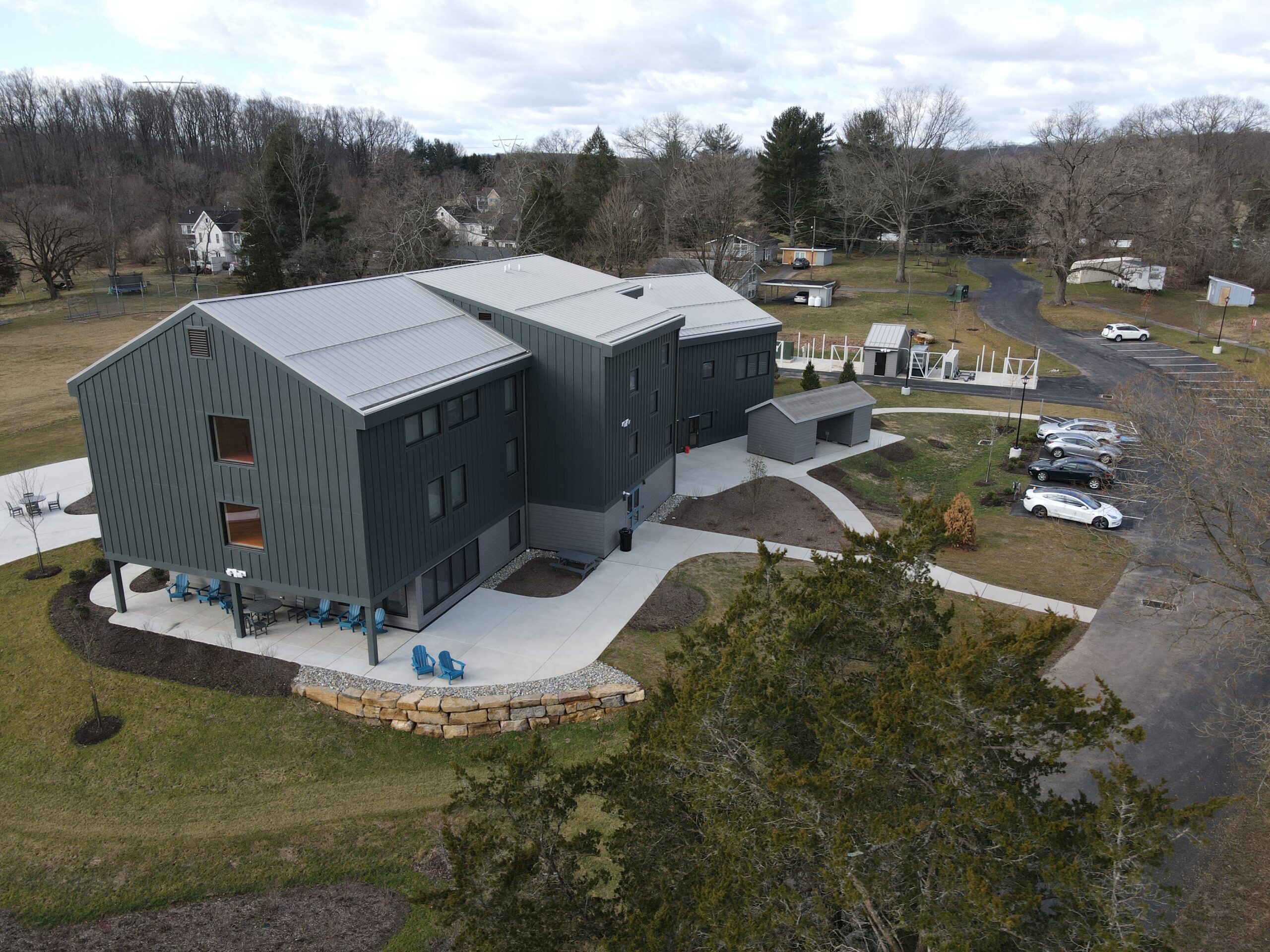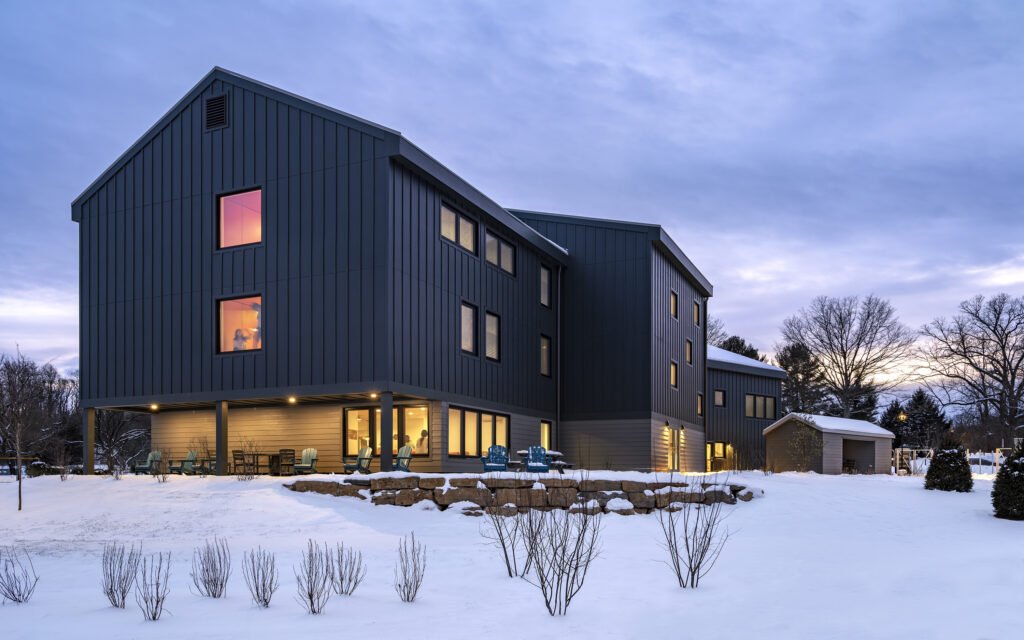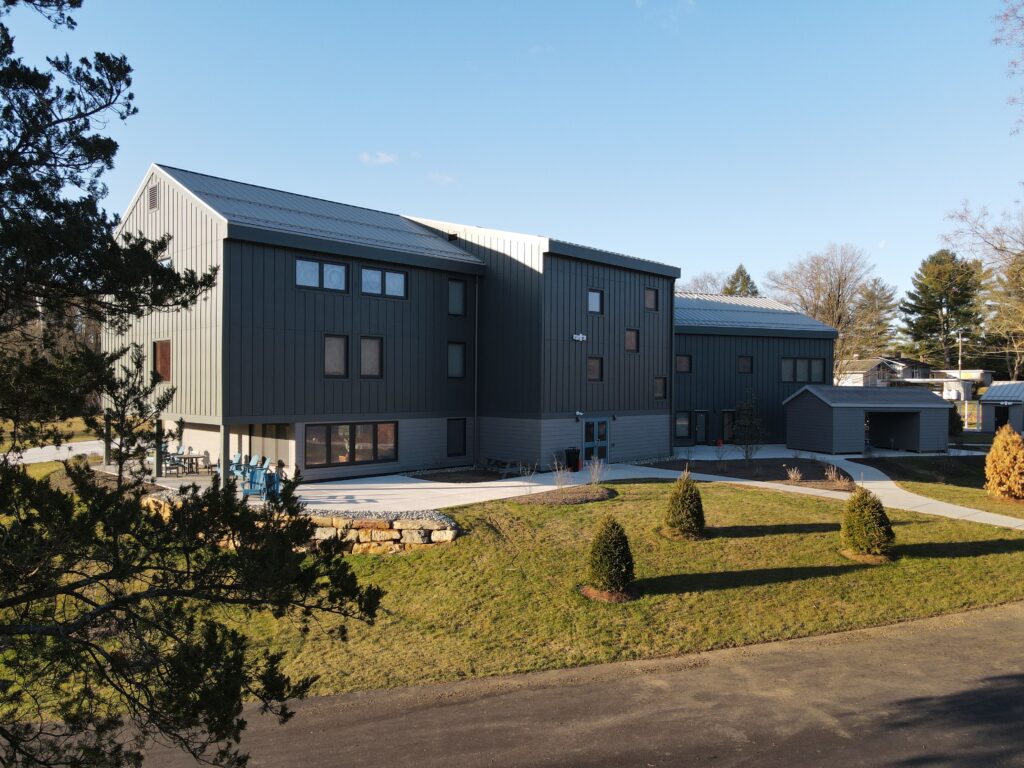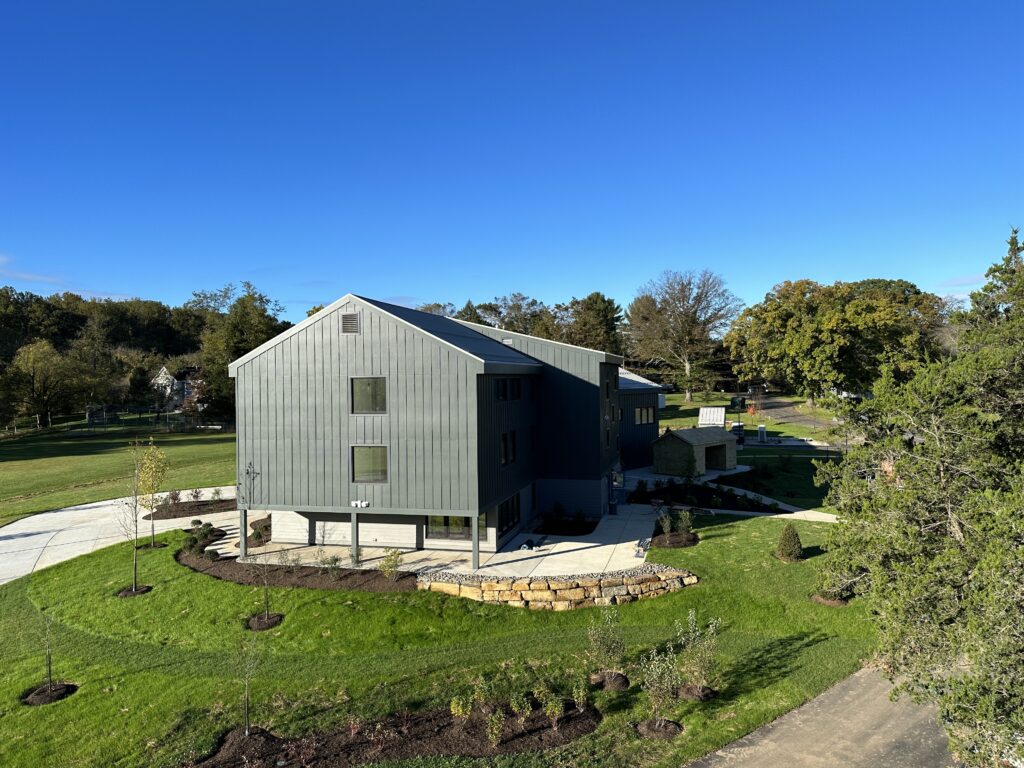
PHIUS Certification: What It Means and Why It Matters
In the conversation about high-performance buildings, PHIUS has moved from niche to necessary. Owners and project teams see that pursuing PHIUS certification construction delivers measurable benefits: lower operating energy, durable assemblies, and consistent comfort across a wide range of climates. Unlike a loose set of “green” ideas, PHIUS is a rigorous, third-party certification process that turns passive building principles into clear targets the whole team can meet and verify.
Why PHIUS Fits the Way We Build Now

PHIUS (Passive House Institute US) adapts passive house concepts to North American climates and codes. The program sets climate-specific limits for heating/cooling loads, airtightness, and source energy. It also outlines a quality assurance pathway so certified projects can demonstrate performance, not just intent. For owners, that means a building designed and constructed to maintain comfort, protect occupant health, and reduce energy costs throughout its life.
PHIUS offers multiple pathways, including PHIUS CORE, that scale with building type and size, from a single family home to larger commercial or multifamily buildings with tens of thousands of square feet of floor area. The requirements consider factors like orientation, window-to-wall ratio, shading, and density, then translate them into targets the team can design, build, and test against.
How the PHIUS Certification Process Works
From design stage to certified project
A PHIUS project starts by registering the intent to certify. During the design stage the team refines plans and specifications, then submit the package for modeling and review. Iteration is normal here: designers tune the envelope (insulation levels, thermal bridges, airtightness details), select windows from qualified manufacturers, and align mechanical systems to right-size heating and cooling. Each step moves the project toward compliance.
Field quality assurance and verification
During construction, PHIUS certified rater professionals (often referred to as PHIUS raters) conduct on-site inspections and performance testing. Blower-door tests, checklist walk-throughs, and documentation at key milestones help ensure the building as designed is the building as built. When the package is complete and all requirements are met, the project receives certification, credible proof that the targets were achieved.
Roles and Responsibilities on a PHIUS Project
Clear roles keep momentum:
- Design-certified professionals lead energy modeling, detail the enclosure, and provide guidance during design so drawings align with PHIUS targets.
- The builder is responsible for translating details into field reality, coordinating trades, and maintaining the airtightness and insulation strategy through every phase.
- The rater/verifier provides third-party quality assurance with on-site inspections and testing.
This triangle of design, build, and verification helps the team maintain alignment from day one through turnover.
The Core Design Priorities That Drive Results

Envelope first
Passive building succeeds when the enclosure does the heavy lifting. PHIUS targets are geared to minimize heat loss and gain with airtight construction, high-performance insulation, and careful thermal-bridge control. Window selection and placement matter: the right glass and frames, sized and oriented for the climate, support comfort and reduce peak loads.
Mechanical systems with purpose
Once loads are low, equipment can be smaller and smarter. Balanced ventilation improves indoor air quality; heating and cooling systems match the reduced demand; domestic hot water is addressed with efficient strategies. Integration across disciplines is critical so ducts, penetrations, and controls don’t undermine airtightness.
Site and massing choices
Orientation, shading, and form factor (surface-area-to-volume) all influence performance. Early site studies help project teams make layout decisions that support PHIUS goals, especially in challenging climates from Massachusetts to Connecticut and beyond.
Cost, Training, and What to Budget For
PHIUS certification adds a structured layer to design and construction. Budget lines typically include energy modeling, detailing time for the enclosure, specialized air-sealing strategies, and third-party testing. While there is added cost to reach the standard, projects often receive value back through smaller mechanical systems, predictable operating energy, and robust durability that lowers maintenance risk over the building’s life.
Professional training programs exist across the PHIUS ecosystem so each person on the team has the ability to execute their role. That shared language and process discipline is a quiet advantage during procurement, submittals, and field coordination.
What to Expect During Construction

Quality checks that matter
Mock-ups, mid-construction blower-door tests, and targeted on-site inspections are critical. They catch issues while they’re still easy to correct. The builder maintains a documentation trail so that the rater can verify compliance without guesswork.
Managing change while staying on track
Substitutions happen. The key is to review changes against the model and specifications before install. Window swaps, insulation type, or envelope penetrations can all affect airtightness, cooling loads, and source energy totals. A quick model update and rater check keep the certification process moving without surprises at the end.
Where PHIUS Shows Up Across the Built Environment
PHIUS applies to projects across a wide range: single family homes prioritizing comfort and health; small commercial buildings seeking predictable operating energy; and larger projects where zero energy (or near-zero) is a long-term goal through renewable energy integration. Because the requirements scale with floor area and climate, the framework remains relevant from cold regions to mixed conditions and urban infill sites with higher density.
Owners also appreciate that PHIUS maintains a clear, step-by-step path. Register the intent, set targets, coordinate details, test in the field, complete the documentation, and receive certification. That clarity reduces risk for everyone involved.
Practical Tips for Project Teams
- Align goals and budget for a project pursuing PHIUS certification before schematic design locks in massing and orientation.
- Use early energy modeling to right-size windows and shading, then carry those decisions through submittals and shop drawings.
- Plan sequencing around airtightness milestones; once the air barrier is complete, protect it during the rest of construction.
- Keep communication simple and regular. Short field huddles prevent small issues from becoming big ones.
Why PHIUS Certification Construction Matters
At its best, PHIUS certification construction delivers buildings designed and built to a high, verified standard. They offer comfort that occupants feel, durability that owners rely on, and energy performance that reduces environmental impact. Because PHIUS ties design decisions to testing and documentation, certified projects don’t just promise better performance; they prove it.

